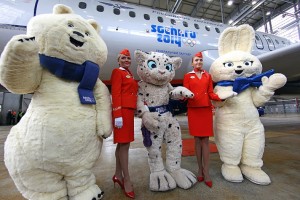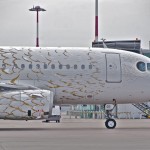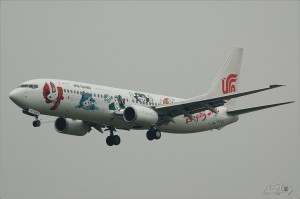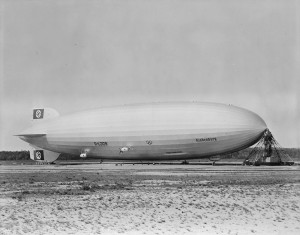Russia’s largest airline Aeroflot was awarded the status of General Partner in the Passenger Air Transportation Service category, for the 2014 Winter Olympic games in Sochi, Russia. Thus the carrier has the right to proudly display the Olympic rings and the symbols of the National Olympic and Paralympic Committee on its aircraft.
Take a look at some of the other carriers that decorated their fleet during past Olympic Games.
In 2012 British Airways repainted nine of its A319s with dove design, created by Pascal Anson. The artist chose the dove as a symbol of peace and social unity, as well as because doves were used during previous Olympic ceremonies, such as London Games in 1948.
In 2010 Air Canada also repainted some of its Boeing 777s to recognize the company’s role as an official carrier of the Vancouver 2010 Olympic and Paralympic Winter Games. The airplanes displayed green-blue mountain scenery and a painting of a snowboarder sliding along the hull.
The summer Olympics in 2008 took place in China and Air China celebrated the partnership by highlighting the games mascots on its planes – five “Fuwa” cartoon characters.
Alitalia did not hesitate to brag about being the official airline partner during the 2006 Olympic Games in Torino. And the list goes on … as far back as the creation of the Olympic Games, but when did it all start? Who was the first carrier to display the Olympic logo on its aircraft?
Research showed that in 1996 Air France was the first company to recognize the possibilities of turning its aircraft into flying billboard. The company repainted its signature machine, the Concorde, into a Pepsi advertisement.
Yet, the Olympic symbols have been flying for much longer than Pepsi’s logo. There is no clear information, which was the first company to display the Olympic Games logo on its airplane, so we can only speculate.
The Olympic symbol is composed of five interlocking rings, colored in blue, yellow, black, green and red, on a white background and was designed in 1912 by Baron Pierre de Coubertin, who also happened to be the co-founder of the modern Olympic Games. The symbol gained popularity a few decades later, in 1936 during the Summer Olympic Games in Berlin.
Meanwhile, from March 1936 until May 1937, the German commercial passenger-carrying rigid airship LZ 129, also known as Hindenburg, attempted six test flights, among which was its first North American transatlantic journey. On the hull the airship displayed the registration number D-LZ129 and the five Olympic rings, promoting the 1936 Summer Olympic Games in Berlin. Would it be wrong to speculate that this is the first aircraft to display the Five Rings?
While the past is somewhat blurred, the future is already bright and clear. Long before it won the bid, Korean Air had already revealed the special PyeongChang 2018 aircraft. The design is based on children’s drawing contest and the winner was chosen among 300 entrants from all over Korea. The winning design features a ski jumper and figure skater, holding the Korean flag.








